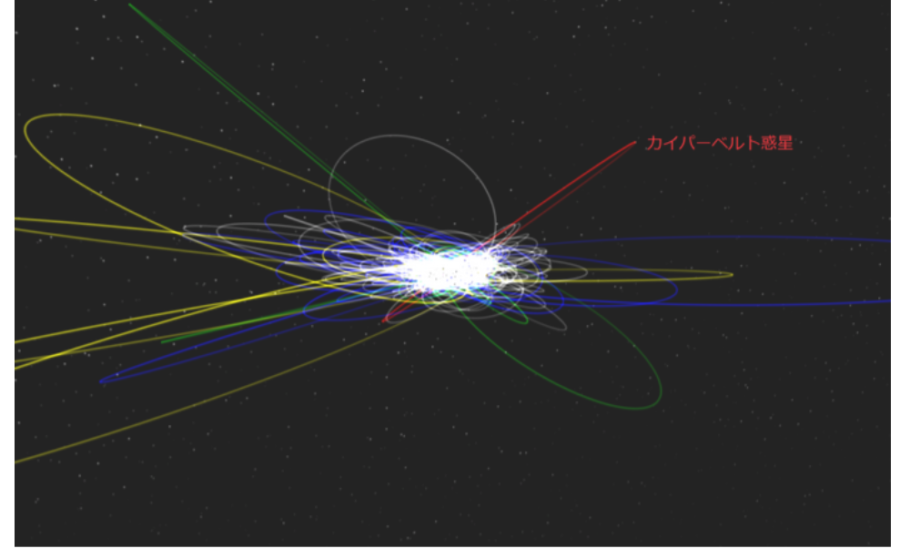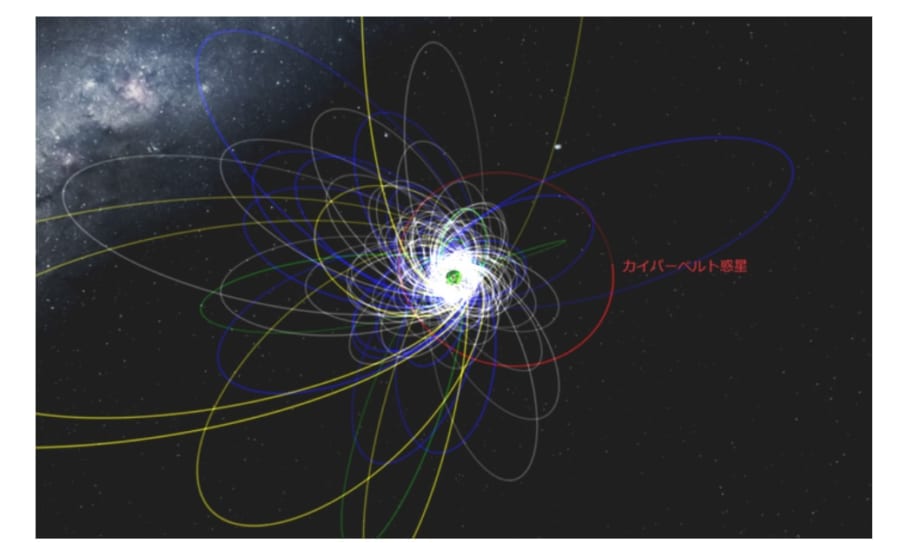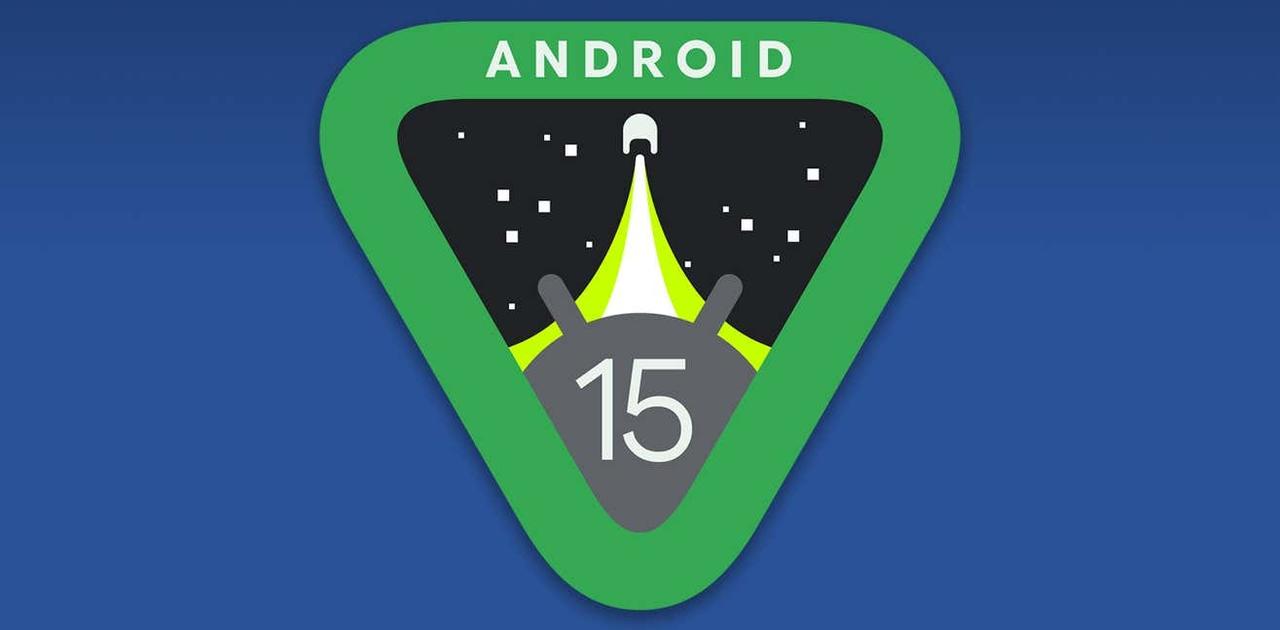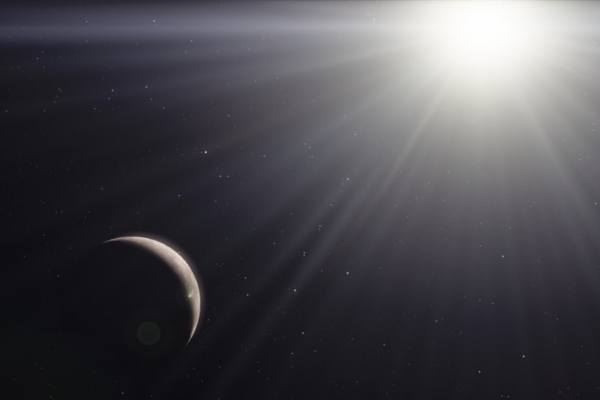Hypothesis of undiscovered planets in the Kuiper belt
Mercury, Venus, Earth, Mars, Jupiter, Saturn, Uranus, Neptune.
Currently, the solar system consists of these eight planets, including dwarf planets such as Pluto and Ceres that orbit beyond Neptune.A region called the Kuiper Belt, where countless small bodies of ice and rock congregateExisting.
It is known that the celestial bodies located in the Kuiper Belt at the outer edge of the solar system have unique orbits, which are believed to have formed as a result of the complex gravitational effects of the planets in the solar system when they formed.
But herein lies the problem.
The orbits of the “distant Kuiper belt objects”, which are more than 7.5 billion kilometers from the sun, cannot be well explained by the current dominant model of solar system formation (the effects of the four known giant planets, Jupiter, Saturn, Uranus and Neptune) it is.

In particular, the unique orbits of the four distant Kuiper Belt object groups are the ninth orbit after Neptune in the Solar System.And this cannot be explained without taking into account that it is constantly affected by the gravity coming from an undiscovered planet..
- Neptune and a group of celestial bodies that have been in a stable orbit since ancient times
- A group of celestial bodies far from Neptune
- A group of objects with very high orbital inclinations of more than 45 degrees
- A group of objects with very strange orbits like Sedna (an asteroid)
Therefore, in addition to the four giant planets known in the early solar system 4.5 billion years ago, the current research group is looking for the type of planets beyond Neptune to determine the current state of the solar system (especially the characteristics of Kuiper belt objects). ) to check if it can be reproduced.
As a result of simulations, it was found that the orbits of distant celestial bodies in the Kuiper Belt can be successfully repeated if a planet meets the following conditions.
- It is located at a distance of more than 200 astronomical units
- At a distance of about 200-500 AU (or 200-800 AU) from the Sun and has an eccentric orbit (elliptical orbit)
It has a mass 1.5 to 3 times that of Earth and its orbit is tilted by 30 degrees.

Kennedy University – Simulations Indicate Possibility of Undiscovered Planets in the Outer Solar System World’s First Successful Cloning of Characteristics of Celestial Bodies Outside NeptuneIn other words,It is more than 1.5 to 3 times the mass of the Earth, located between 30 billion km and 120 billion km from the Sun (the difference in distance from the Sun is due to the elliptical orbit with the displacement of the center point, see the figure above), a planet with an inclination angle of 30 degrees
It turns out that we can explain the properties of distant celestial bodies in the Kuiper Belt that we have not been able to resolve until now.
These results also explain the distribution of celestial bodies in the distant Kuiper Belt, and are consistent with observational results.
This fact strongly indicates the existence of undiscovered planets in the outer solar system, and provides clues for their discovery.
Planet Nine
It has long been suggested that there is a large, unknown celestial body called “Planet Nine” in the outer solar system.
Planet Nine is also a proposed theory because the complex orbits of Kuiper belt objects cannot be explained solely by interactions with known planets in the solar system.
Observations of stars far from Earth also revealed that the presence of planets in a primary star system creates complex orbits in the system.
It was discovered that the disk of the protostar system is tilted at different angles! Evidence for the existence of an unknown planet
In this research, the possibility of the existence of undiscovered planets increased, and the details of the characteristics that such planets should have were clarified for the first time.
In the near future, the day may come when the solar system will have nine planets again.

“Travel maven. Beer expert. Subtly charming alcohol fan. Internet junkie. Avid bacon scholar.”




/cdn.vox-cdn.com/uploads/chorus_asset/file/25439282/640.jpg)


More Stories
Summary of exciting features in Android 15 beta |
“Two items'' missing from useless to-do lists |
We will be providing the THINKLET wearable device for the invitation-only volunteer Pokemon Card Tournament “KAMITOHITO INVITATIONAL 2024” | Press release from Fairy Devices Co., Ltd.